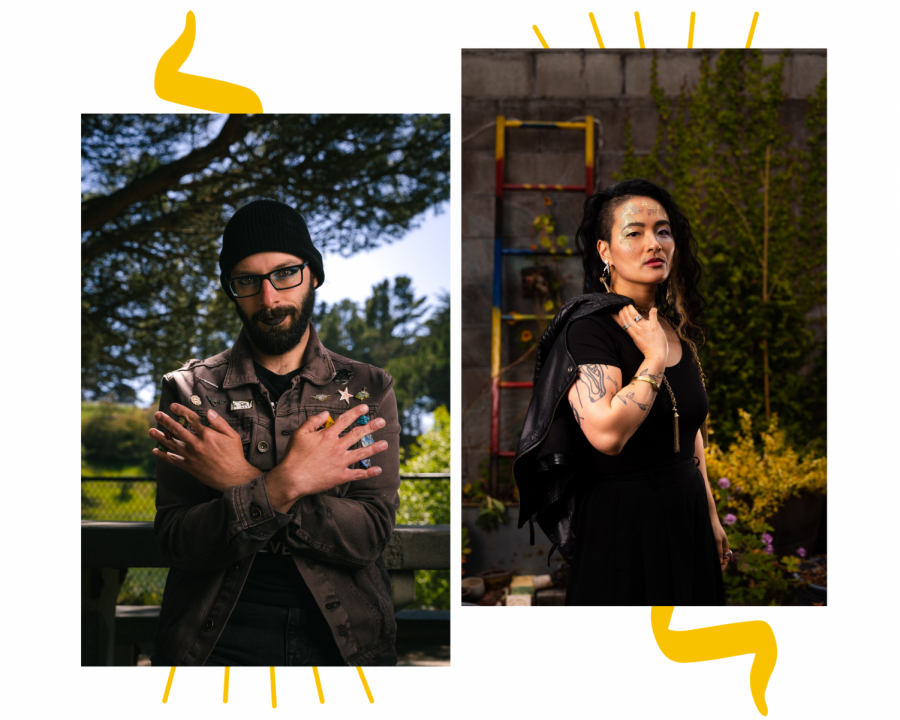Who are you?
From the moment we are conceived, labels are placed on us. They have the potential to box people in or set them free.
Recently, language has adapted to identities that were previously unrecognized.
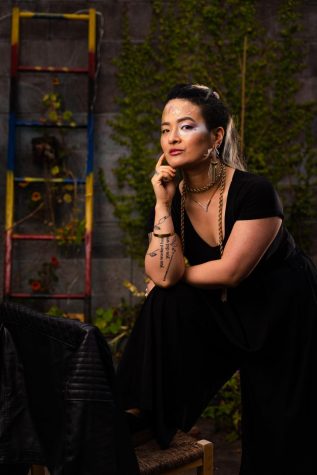
“When I was younger, it [labels] were really important to me. As I’ve gotten older,
I think my understanding of my own identity has become more nuanced,” says Joyce Yin, 34, who defines identity as fluid and ever-changing.
In the past, labels have been strict and rigid but have recently become more fluid as people openly embrace their identities.
“Challenging the older languages of LGBT identity in many ways, the new labels include over a hundred new terms to describe sexuality and gender,” says Rob Cover in the book. “Emergent Identities: New Sexualities, Genders and Relationships in a Digital Era.”
Cover adds that labels are “transforming over time,” allowing people autonomy over their self-identification.
Yin, who identifies as queer and uses she/they pronouns, explains their hesitancy with using definitive labels. They describe the word “queer” as a “handy, catch-all” term for sexuality but don’t feel like the term fully represents their identity.
“I feel like a lot of the language that exists out there doesn’t resonate with me necessarily,” Yin says. “It doesn’t quite encapsulate what I’m trying to say or present myself as.”
Yin acknowledges, however, that labels can be helpful to those experiencing an identity awakening.
Choosing to label yourself a certain way opens the potential of drawing in people of similar identities. Labels can also be instrumental in building bonds and finding community.
Yin describes coming into a “political consciousness” as an Asian American. They say there are various identifications that fall under that “umbrella,” such as Asian Pacific Islander and Asian American Pacific Islander.
“It’s political on which one you choose to identify with,” Yin says.
This added political pressure can make it difficult to confidently label oneself. In addition to the political aspect of labels, it can also be a struggle to find the term to uniquely fit one’s sexuality and gender identity.
“Right now, I identify as a queer person,” they say. “It’s only been a couple of years since I started openly identifying that way.”
Yin describes their struggle with the term “queer,” and explains that the word still doesn’t fully resonate with their self-concept.
They describe the term as the “catch-all” of sexuality labels.
“I claim it because, of the language I know that exists around sexuality labels, none of those really feel like they fit either. And queer was the one that was closest,” Yin explains.
Yin struggles with the concept of what they call, “enoughness.” Although they know they don’t have to prove themself to anyone, Yin often feels like they must in order to claim their sexuality.
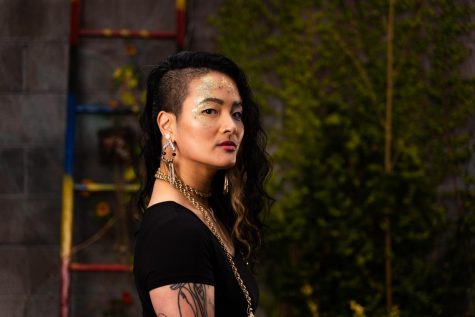
Yin finds themself asking, “Do I have a right to do that? To claim that. Do I need to prove that I’m queer enough?”
Prior to identifying as queer, Yin describes their gender presentation as “less feminine, a little more on the butch side.”
People would often place a label on Yin based on their physical appearance, telling them they must be gay or queer.
“It wouldn’t be a conversation, it would be an assumption,” they recall. “And I really didn’t like that.”
These assumptions have shown up in other aspects of Yin’s identity as well. People feel entitled to know Yin’s “background” and “ethnicity” without recognizing how invasive those questions can be.
“I’d meet someone new for the first time and literally, their first question is, ‘So what are you?’ And I’m like, ‘A person…?’” Yin says.
Yin explains that a part of them can almost understand people’s reasoning when asking these intrusive questions. Although Yin doesn’t justify it, they know people think that information will help them better understand them.
“But there are so many other facets to my identity. I’m a glitter lover. I’m a designer. I do all these other things and yet, when that question is asked, it’s ‘Oh you’re X, Y, and Z,’” Yin says.
Yin feels that people then draw from stereotypes and assumptions that surround that identity and place it on them without ever truly getting to know them.
Yin admits that it’s human nature to make judgments and assumptions after initially meeting someone.
“But what’s really important is, what do you do next? Do you act on those judgments? Do you, therefore, judge a person’s worth on that?” Yin asks.
Identity is layered and can be complicated. To Yin, labels can serve as both an oversimplification and an added level of intricacy. It’s ever-changing, adapting and moving.
“I don’t know,” Yin says. “I may identify this way today. But maybe next week that’ll change.”
Labels can be tried on and if they don’t fit, Yin says, there’s no pressure.
“I often thought about identity before as this really rigid thing,” they say.
Yin adds that being older and having talked to more people, they now understand that labels can evolve as people evolve.
“If the language doesn’t exist for how I want to identify, I’ll just make my own. And that’s fine,” Yin says.
Nina Larson, 32, describes identity as something very tailored to an individual’s experience. Larson’s own experience has been “very much colored by growing up in San Francisco.”
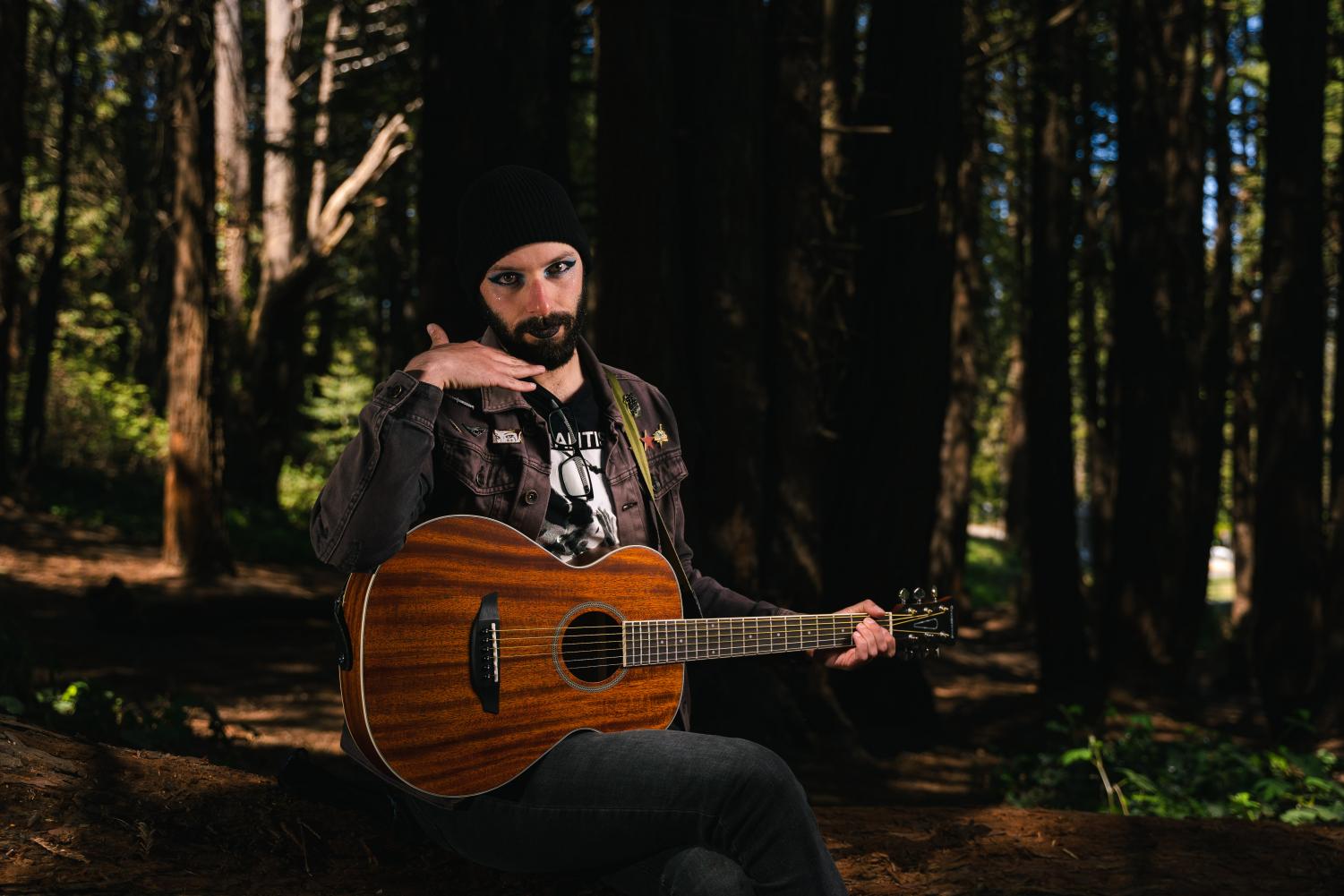
“It is a city that is very much the epicenter of identity revolution, especially as it applies to queer spaces,” Larson explains.
Larson, who uses they/them pronouns, adds that San Francisco is “ground zero” for queer identity movements.
“Growing up in SF, I had the ‘gay man’ kind of perspective,” Larson says. “That’s all I knew out of any kind of gender sexual identity.”
The public school system in the 90s was not the most open and accepting of places, even in San Francisco. Larson recalls being “terrified” of being called gay, calling it “the most heinous insult” of the time.
“I didn’t want to identify as gay or queer, because that made me an outsider,” Larson says. “But I also didn’t really identify with a lot of traditional notions of heterosexual masculinity, either. I grew up with this weird gender and sexuality agnosticism.”
Surrounded by people with diverse experiences allowed Larson the ability to see a broad spectrum of identity and labels. Ultimately, they were able to “pinpoint” their own identity as a nonbinary man and genderfluid transperson.
Many of these identities haven’t been recognized or assigned language until very recently.
Larson believes this is due to a lack of space for discussion without fear of retribution. They believe that San Francisco has been personalized to a very specific aspect of gender and sexual identity.
Larson explains that although there are many gay men in San Francisco who have been great champions and advocates for other gay men, “these gay men activists are woefully misunderstanding of a lot of trans issues.”
Larson adds that, although there are similarities, being trans is “a very different experience than if you’re a cisgender homosexual.”
Diverse discourse in these communities is essential to Larson. Without it, Larson says it’s easy to become complacent and ultimately model the exact behavior you were fighting in the first place.
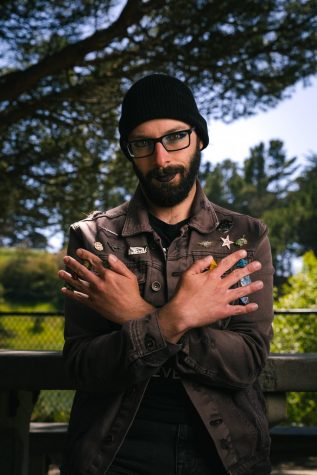
“It’s really easy to sit out and say, ‘well, I won the battles that were important to me,’” Larson says. “But then the next group of marginalized identities, they’re gonna have to fight for themselves. I think that’s really short-sighted behavior.”
Larson believes the social scenes in San Francisco have been divided along generational and economic lines as well as lines of gender and sexuality. This causes a divide in communities and makes many, including Larson, feel out of place when figuring out their identity.
Rather than view identity as rigid, Larson encourages people to experiment until they find themselves. Larson has seen many people “stuck” in a gender or sexual identity that doesn’t quite fit, but they feel they must commit to in order to “get by.”
“To me, that’s so much worse than like, experimenting with something and deciding that it wasn’t for you,” they say.
Larson encourages people to “play around” a bit.
“You gotta be a hot mess for a little while before you get your stuff figured out,” they say. “It feels awkward at the time. And no one really likes going through it, but it’s really important for you and your personal development.”
Larson personally likes to “mix and match” when it comes to gender expression but understands that for many, “strongly gendered personalities” are a useful tool.
Ultimately, Larson believes the most important aspect of discovering identities is to work together and communicate throughout various communities. They believe these communities face similar issues, such as imbalance power structures, late-stage capitalism, and white supremacy, which must be dismantled to survive.
Uniting these communities will create “real power” which will result in positive changes that benefit everyone.
“If the planet survives, I can’t wait to see what fun new genders we have,” Larson says. “What is the point of identity other than to say, ‘Here I am. Can I maybe feel less alone in my own skin?’”
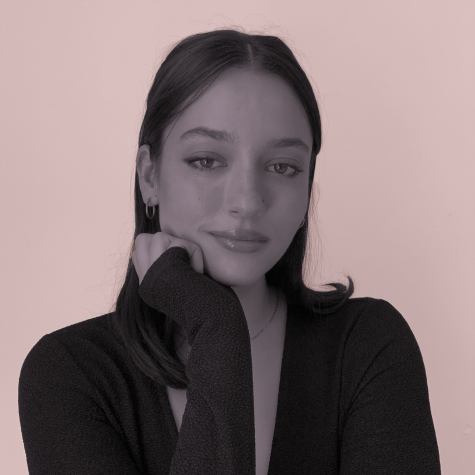
Kenzie Aellig (she/her) is the editor in chief of Xpress Magazine. Through her work, she hopes to highlight stories of community and culture, including...


